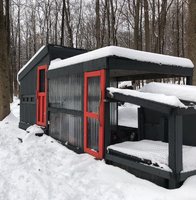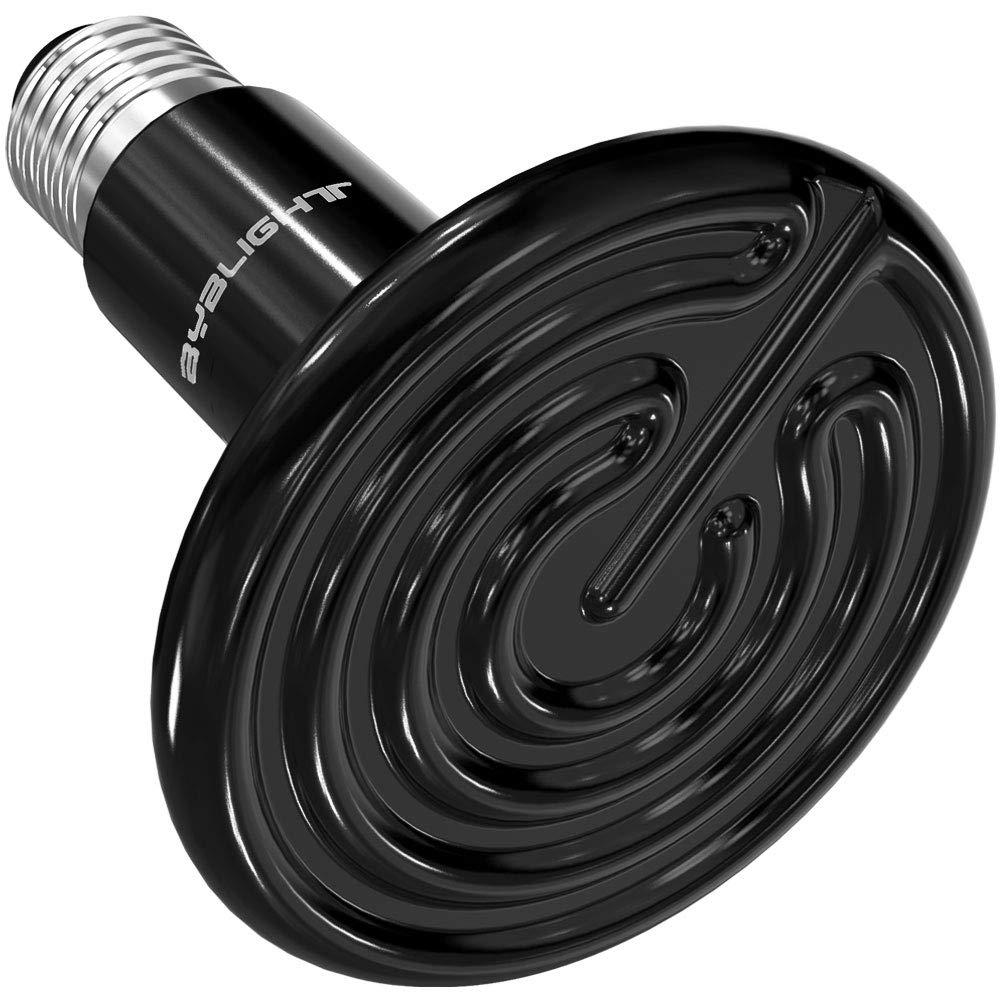rzs37
In the Brooder
- Jun 30, 2018
- 6
- 5
- 17
hi all, now that winter is upon us in the Hudson Valley, I'm starting to sweat whether the coop is ok for the cold to come. The more you read online the more confusing it gets...insulate/ don't insulate? Heat/ no heat? Now much ventilation is good without causing a draft?...Last couple years we have had a month or so with lows around 0F and not warming up above 20F.
Attached are some pics and I'll explain the "design". I read a bit about the design and planned it out but I am no carpenter and we made it out of scrap wood. Don't let the paint job fool you, it's a real homemade contraption. Being a first time chicken owner, I'm now seeing the problems...Any thoughts/ recommendations are welcome...
we bought 14 hens (auricanas, RI reds, barred rock, black sex linked, siena star mix) in April and then 6 ducks (black swedish, cayuga, buff) in July...maybe we over did it but it's been fun. They are all supposed to be "cold hardy" breeds...They free range on a fenced in 2 acres and they have been out all day every day, we just closed them in at night, but now that night comes at 4:30pm and it's cold, perhaps I need to winterize?
The chicken coop is the bigger structure (7' x 8'), it's raised off the ground, wood frame and floor, corrugated sheet metal sides/ roof, 4 nesting boxes with door on front to get eggs, that red door is south facing with a window with hardware wire, there is a 2' tall x 8' long window on the south/ east facing side above the run also with hardware wire. There's a small chicken door (1' x 1') with a ramp down into the run. There's no insulation and no heat. For bedding I'm just using straw, they all roost on a roosting rack that we made out of old stairs and 2x2s. The run is 8'x 8' dirt with straw, metal roof, chicken wire sides, hardware wire buried 18" around sides. The ducks have the small structure on the other side (5' x 6'), also wood frame and floor, metal roof and sides, with solid doors that swing open to clean, a small hardware wire window and 18"x18" door into the run, another door on the south side with a small pool. No insulation, no heat.
For winter:
1. I covered the windows with corrugated plastic to block the wind and I did use some spray foam to seal along the walls / roof of the chicken coop where there were a lot of gaps but I left about 4' of the higher side gaps (small 1 inch wide gap between the roof beams and the metal) open to allow ventilation. The door also has about a 1/4" gap around it...it doesn't seem drafty, but it is definitely not an air tight box either, no issues with smell or ammonia.
2. The water is out in the run with a heating plate under it to keep the moisture down inside the coop
3. Extra thick straw on the floor of both coops and in the run.
4. All bird doors slide shut at night.
5. also put plastic up on the front of the run to block wind (and try to keep the noise down because I have a neighbor complaining).
Questions:
1. Would anyone insulate these structures? I hear so many issues with rodents/ insects/ mites/ chickens eating the insulation...I'd rather not do it if not needed.
2. Would anyone use one of these radiant wall mount heaters so they have a place to go to warm up for the nights that it gets below say 20F?
3. I thought about putting the ducks in with the chickens on cold nights because it seems like it stays warmer in there with all of them (they don't fight)?
Anyway, any thoughts welcome. thanks.
Attached are some pics and I'll explain the "design". I read a bit about the design and planned it out but I am no carpenter and we made it out of scrap wood. Don't let the paint job fool you, it's a real homemade contraption. Being a first time chicken owner, I'm now seeing the problems...Any thoughts/ recommendations are welcome...
we bought 14 hens (auricanas, RI reds, barred rock, black sex linked, siena star mix) in April and then 6 ducks (black swedish, cayuga, buff) in July...maybe we over did it but it's been fun. They are all supposed to be "cold hardy" breeds...They free range on a fenced in 2 acres and they have been out all day every day, we just closed them in at night, but now that night comes at 4:30pm and it's cold, perhaps I need to winterize?
The chicken coop is the bigger structure (7' x 8'), it's raised off the ground, wood frame and floor, corrugated sheet metal sides/ roof, 4 nesting boxes with door on front to get eggs, that red door is south facing with a window with hardware wire, there is a 2' tall x 8' long window on the south/ east facing side above the run also with hardware wire. There's a small chicken door (1' x 1') with a ramp down into the run. There's no insulation and no heat. For bedding I'm just using straw, they all roost on a roosting rack that we made out of old stairs and 2x2s. The run is 8'x 8' dirt with straw, metal roof, chicken wire sides, hardware wire buried 18" around sides. The ducks have the small structure on the other side (5' x 6'), also wood frame and floor, metal roof and sides, with solid doors that swing open to clean, a small hardware wire window and 18"x18" door into the run, another door on the south side with a small pool. No insulation, no heat.
For winter:
1. I covered the windows with corrugated plastic to block the wind and I did use some spray foam to seal along the walls / roof of the chicken coop where there were a lot of gaps but I left about 4' of the higher side gaps (small 1 inch wide gap between the roof beams and the metal) open to allow ventilation. The door also has about a 1/4" gap around it...it doesn't seem drafty, but it is definitely not an air tight box either, no issues with smell or ammonia.
2. The water is out in the run with a heating plate under it to keep the moisture down inside the coop
3. Extra thick straw on the floor of both coops and in the run.
4. All bird doors slide shut at night.
5. also put plastic up on the front of the run to block wind (and try to keep the noise down because I have a neighbor complaining).
Questions:
1. Would anyone insulate these structures? I hear so many issues with rodents/ insects/ mites/ chickens eating the insulation...I'd rather not do it if not needed.
2. Would anyone use one of these radiant wall mount heaters so they have a place to go to warm up for the nights that it gets below say 20F?
3. I thought about putting the ducks in with the chickens on cold nights because it seems like it stays warmer in there with all of them (they don't fight)?
Anyway, any thoughts welcome. thanks.






